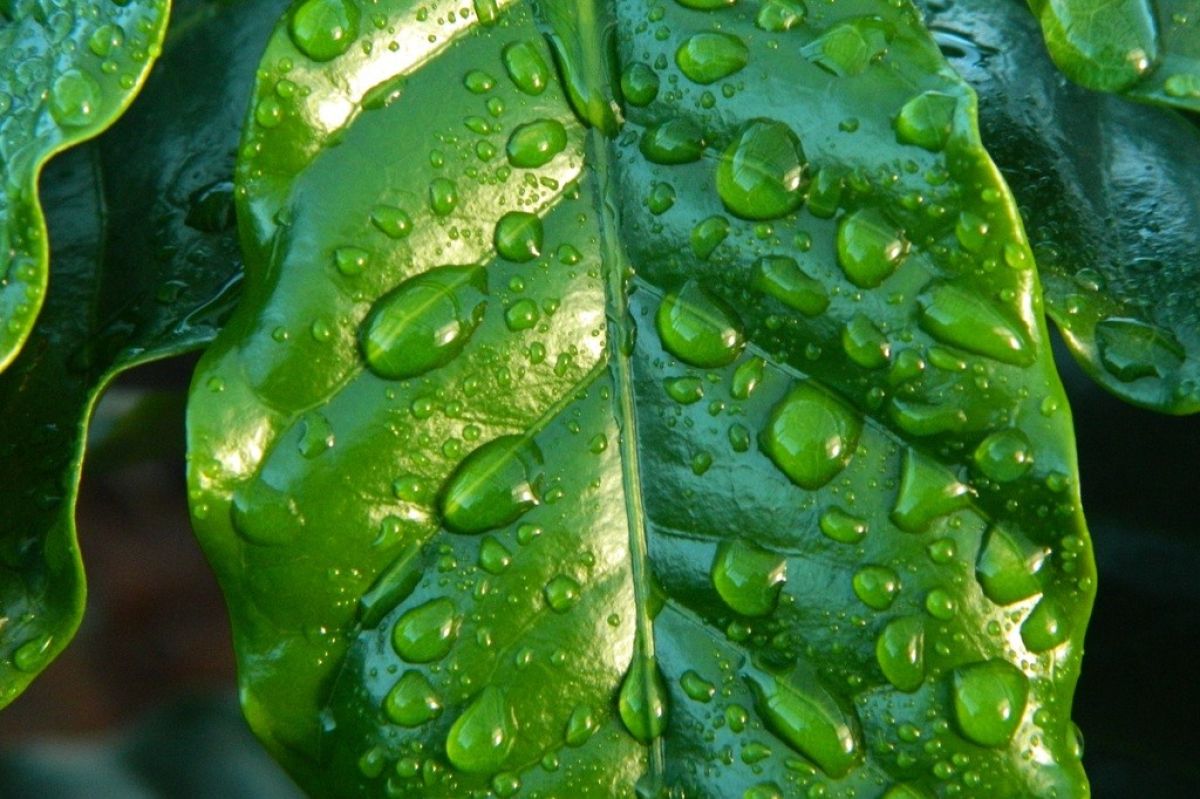Remember that plants need one inch of rain or supplemental water every week.
Sometimes, of course, we get more than we need, but more frequently we don’t get enough in high summer. You can’t always rely on a light rain, or even a thunderstorm where the rain is so heavy that it runs off.
A rain gauge is essential to provide us with accurate feedback. My estimate of how much rain fell is never accurate, so I need the gauge to remind me when to get out the hose. A soaker hose is best. Over-head sprinklers, while excellent for lawns, are not so good for plants. Water on tender leaves, followed by scorching sun, can burn plant tissues. And even on cloudy days, water on plant leaves can increase the chance of fungal diseases.
Additionally, in hot weather, be careful not to spray with pesticides if the predicted temperature is over 85 degrees F. For example, try to spray your columbine plants early in the spring, when it is cooler, as they are susceptible to a little green worm.
As the temperatures rise, however, you can spray herbicides on noxious and invasive species. Poison Ivy is one of the few weeds that I use weed killer on, and it is okay to spray that when the weather is hot. Use newspaper to protect nearby plants, even if there is only a slight breeze.
And in very hot weather, remember to water your potted plants twice a day as the soil in pots dries out quickly.
This is Moya Andrews, and today we focused on Surviving Heat.










